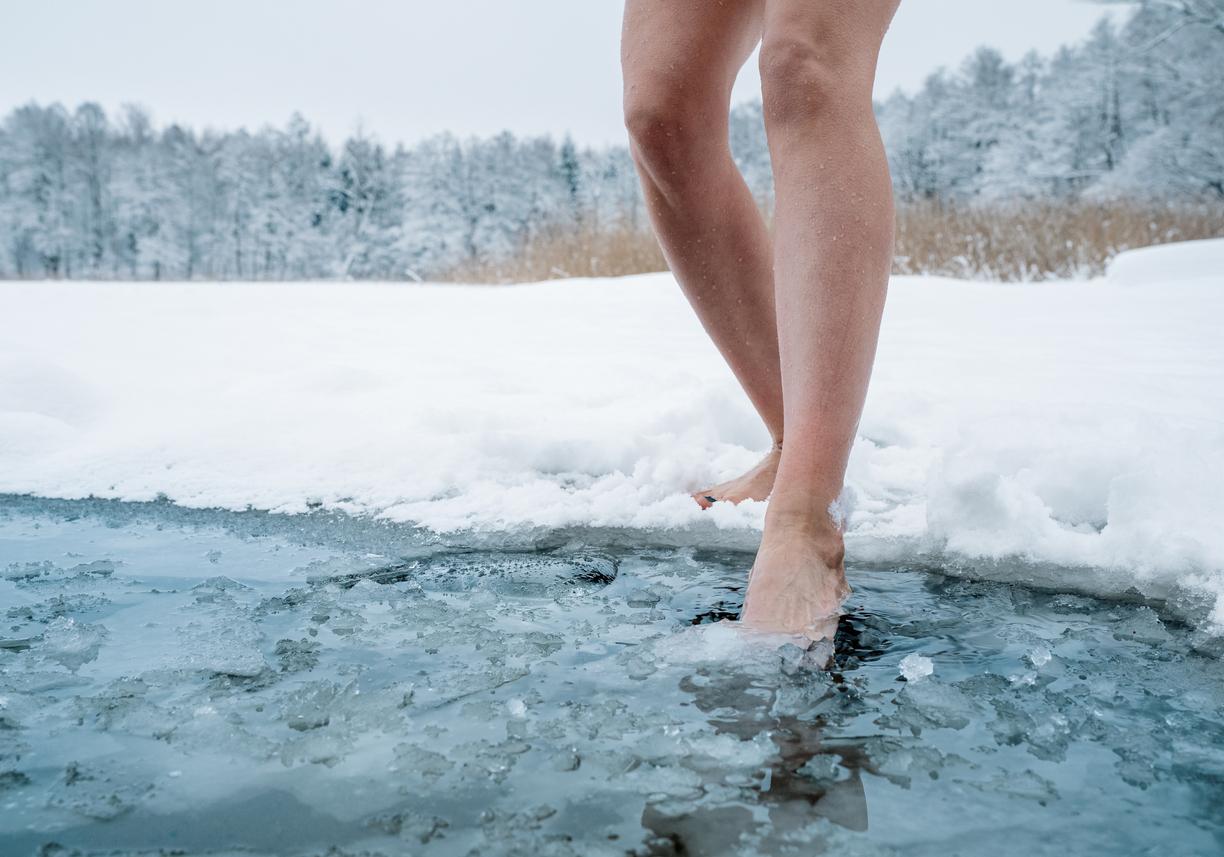I suffer from a cold sore. When I feel it coming, usually around my period, I put a cold sore cream on it. Because of this I don’t get an open wound, but only a red spot. This has been going on for a few months and now a kind of pigmentation has appeared on the spot of my cold sore. My doctor gave me a hormone ointment, but that doesn’t help. Will this stain ever go away?
Nilufer
Dick van Gerwen, dermatologist:
Cold sores are the common name for the herpes simplex virus infection. It is usually caused by herpes virus type 1. It often occurs on the lip, but it can also occur on the cheek, and in fact anywhere on the body. Herpes can also occur on the genitals, which is usually herpes virus type 2 (genital herpes).
Cold sores are very contagious, especially if there are blisters. The virus can then be transmitted through a kiss. Hence, it often occurs on the lips. Herpes type 2 is often transmitted through sexual contact.
A cold sore starts with small painful clear blisters in an area of about 1 cm. It usually takes 1 week. Then it is restored. Sometimes an additional bacterial infection is added, then yellow-brown crusts are seen.
When an emerging cold sore is treated with an antiherpes cream at an early stage, it can heal faster. In a later phase, it is often better to treat with an antibacterial cream to prevent or treat an additional bacterial infection.
After the spot has healed, the virus is still present in the skin. In the nerve endings to be exact. The immune cells cannot reach that. In periods of reduced resistance, the virus can become active again from those nerve endings. Hence, herpes often comes back.
Reduced resistance can occur with, for example, a cold (hence the name cold sores), during menstruation and periods of stress, but also due to certain immunosuppressive drugs (eg Prednisone) and diseases (AIDS).
In summer and winter sports, the skin area must be well protected from the sun, because the UV rays from the sun also reduce the defenses in the skin, so there is a greater chance that the virus will become active again.
A brown spot can sometimes remain after healing from a herpes infection. This is called post-inflammatory hyperpigmentation. It is not specific for herpes. All inflammations in the skin (pimples, burns, etc.) can heal leaving extra pigment in the skin. People with dark skin are especially sensitive to this. It can take years for the brown color to disappear.
Do you also have a health question? Click here and ask your question to an expert!
















